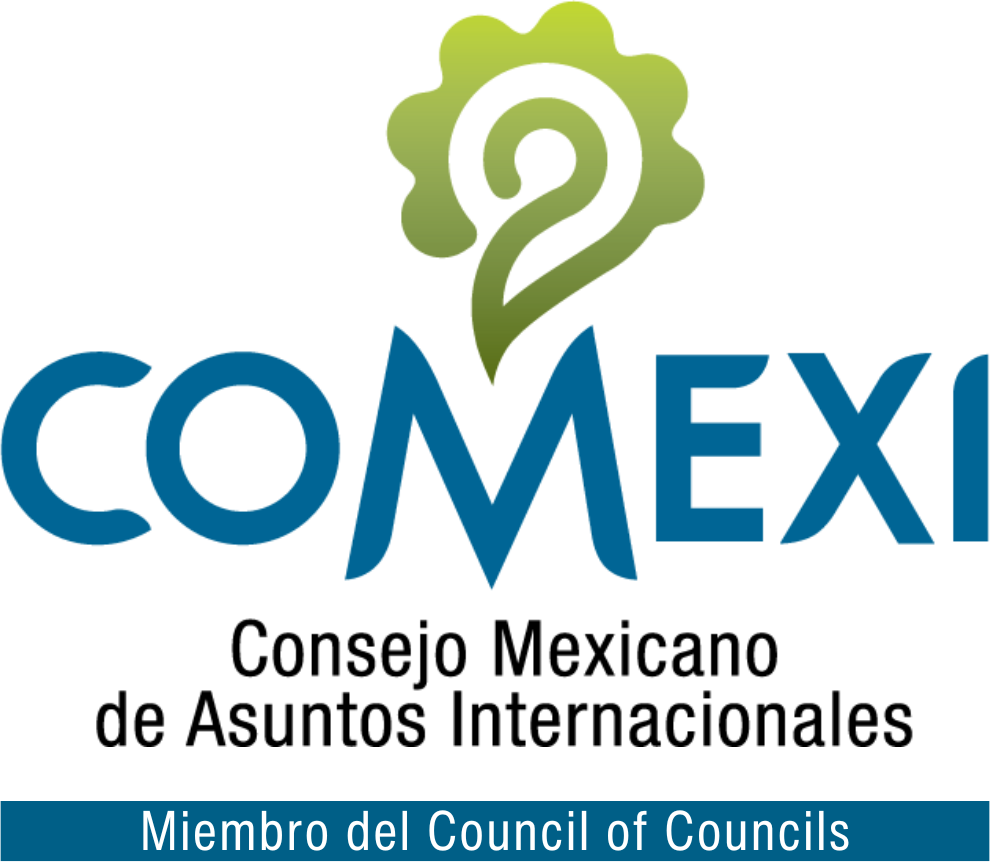Fecha Publicación: 09-11-2022
The Supreme Court of Justice was the first branch of government to experience drastic transformation in modern Mexico. In an attempt to advance the consolidation of a new political regime, one based on democratic elections and checks and balances, the Supreme Court was thoroughly revamped at the end of 1994. The objective was clear: to begin an arduous process of institutional development that would lead Mexico into a democratic era.
Over the following quarter of a century, Mexico saw the gradual constitution of an independent electoral institution, a strengthened and autonomous competition commission, and its telecommunications counterpart, and, later, as part of a far-reaching energy reform, entities to regulate rapidly-developing electricity and oil markets. Every administration from the early 1990s on, abided by these institutions’ rulings and helped solidify the process of institutionalization.
President López Obrador never subscribed to the objective of turning Mexico into a market driven economy and a democratic society. From the moment he was inaugurated, AMLO, as he is known, went to battle against each and every one of these allegedly independent entities. His first target was in fact the Supreme Court, where, using his majority in Congress, he immediately appointed two new members to the Court, negotiated with and subordinated the president of the Court and, through extorsion, forced the resignation of a fourth member. Mexico’s Supreme Court is one of only two in the world where a two thirds majority (eight of eleven votes) are required to issue an opinion. Hence, by controlling four votes, the president owned the Court from the very beginning.
Getting thorough control of the Supreme Court was only the first step. López Obrador quickly moved on to neutralize, eliminate or control entities such as the Hydrocarbons Commission, the Energy Regulatory Commission and the Telecommunications Commission. He decided not to appoint any new members to the Competition Commission, leaving it in some sort of limbo. He made appointments of people close to him to the Central Bank and has been in permanent battle against the National Electoral Institute from the start. The president’s thrust in simple and clear: to recreate the old, president-centered political system.
With a couple of exceptions that were not critical to the president, the Supreme Court’s performance has been dire. Chief Justice Zaldivar has shamelessly aligned with the president, to become his man inside the Court, where he has specialized in delaying critical issues, watering down others and, in one word, doing the president’s bidding. In striking contrast with the old Mexican tradition of at least attempting to cover the Court’s decisions with constitutional legalese, Zaldivar has been blatant, direct and unbashful. He has even declared that he is ready for a new appointment, presumably a presidential one.
President López Obrador’s onslaught has proven that the institutional buildup of the previous three decades was nothing more that a Potemkin village. Not that AMLO’s predecessors believed that they were playing a role in a big charade, but that most of those institutions proved to be no more than frail entities that could not withstand a presidential frontal attack. It has all proven to be a house of cards.
Previous Mexican presidents were aware of the potential frailty that they were building. Understanding well the nature of Mexican politics and the vulnerability to extorsion that characterizes most politicians, Carlos Salinas (1988-1994) sought outside help to create a strong, credible and sustainable institution that would not be subject to similar vulnerabilities. His vision was not that of an altruistic politician but of a realist statesman: he realized that Mexican institutions were always vulnerable and thus he went on to seek American support for his endeavor.
NAFTA was the result of those negotiations. Though clearly a trade and investment agreement, the political subtext was unmistakable: the US was willing to lend American institutions to support the reforms that Mexico’s government was attempting. In the words of General Scowcroft, in an interview I conducted with him in the early nineties, NAFTA was “a no brainer” for the US: “a prosperous Mexico was in the best national-interest of the United States.”
Mexico’s institutions are decaying and the elimination of NAFTA with its geopolitical content bodes ill for its ability to recover a path to development. Not that all was successful in the previous decades, but at least parts of Mexico were moving along. The challenge today, for both Mexico and the United States, will be to find a way to lever on the ever-expanding economic relationship to build new institutions capable of sustaining long-term development for Mexico.
Nothing can undo the damage caused, successively, by Trump and by López Obrador, but the challenge remains: Mexico is clearly vulnerable to the criminal organizations that sprang to satisfy American demand for drugs, while it has been unable to reform its system of government to truly transform itself into a modern, civilized nation.
Some of Mexico’s institutions might be saved, beginning with the Supreme Court, for it is individuals who have done the damage, not the institution itself. But the issue at heart is that one person can do enormous damage. That is the true challenge for Mexico. Back in 1929, then-president Plutarco Elías Calles called for transforming Mexico from a nation of caudillos to a nation of institutions. A century later, the task remains the same.
Mexico Institute Advisory Board Member; Chairman, México Evalúa; Former President, Consejo Mexicano de Asuntos Internacionales (COMEXI); Chairman, Center for Research for Development (CIDAC), Mexico




